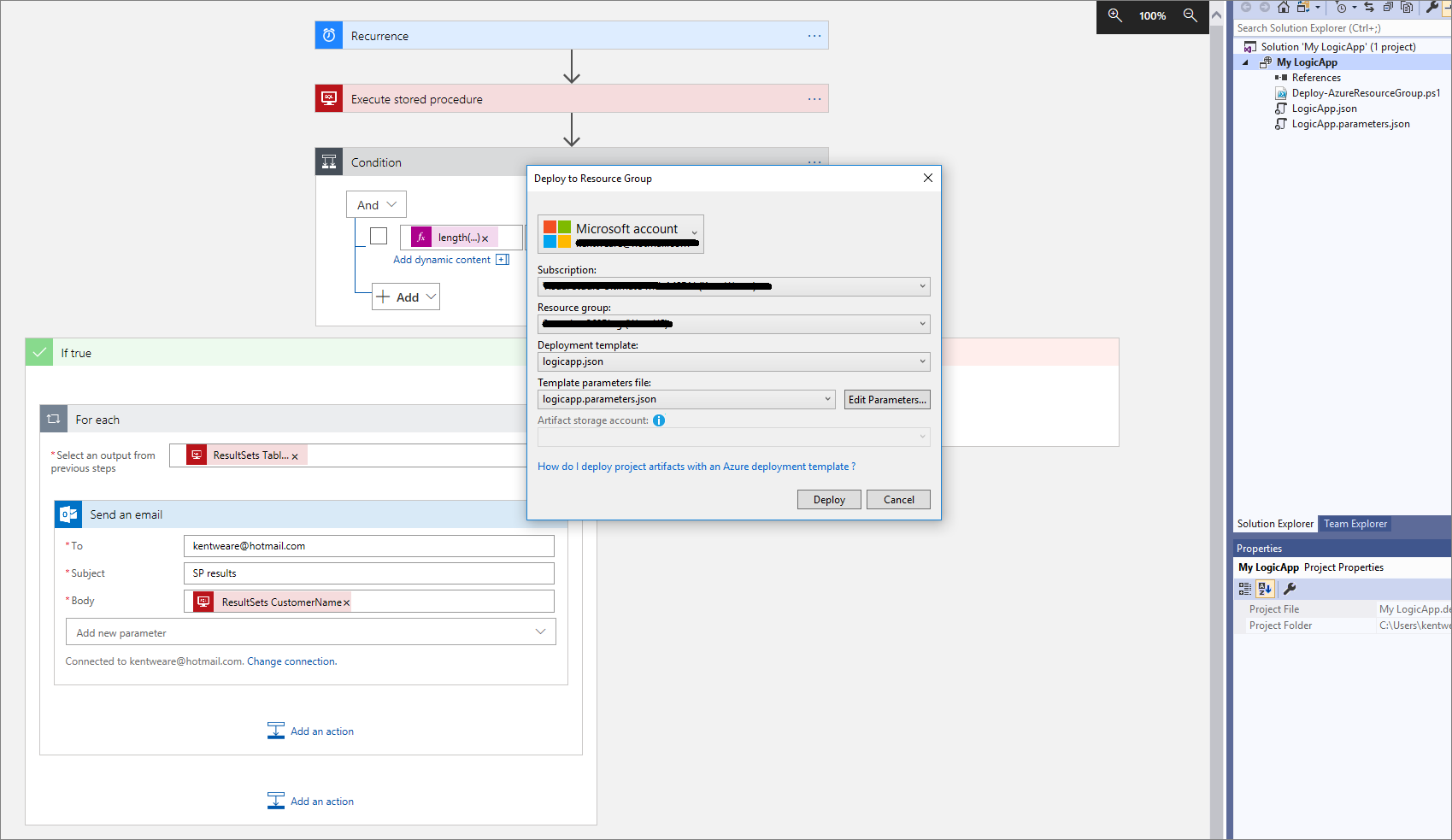

In the conditional statements tutorial, we made a grading app which would take a number score and convert it to a letter grade, with the following requirements. To make this easier to understand, we will use a familiar example. We can do this by setting our expression to true and doing an operation within each case statement. There might be an occasion in which you will need to evaluate a range of values in a switch block, as opposed to a single value as in our example above. In order to make our programs faster and more efficient, we include the break. If we had omitted the break keyword in each statement, none of the other case statements would have evaluated to true, but the program would have continued to check until it reached the end. We also could have, for example, only printed results for Monday to Friday, and the default block could have had the same message for the weekend. We have included a default block at the end to run in case of an error, which in this case should not happen as there are only 7 days of the week. Depending on what day of the week you are testing the code, your output will be different.
#Logic app switch case code
This code was tested on a Thursday, which corresponds to 4, therefore the console output was Just one more day 'til the weekend!. Output'Just one more day 'til the weekend!' The program will run in order from top to bottom looking for a match, and once one is found, the break command will halt the switch block from continuing to evaluate statements. Using switch, we will send a message to the console each day of the week. 0 stands for Sunday, all the way through 6 which stands for Saturday. In this code block, we will find the current day of the week with the new Date() method, and getDay() to print a number corresponding to the current day. Let’s make a working example of a switch statement following the syntax above.
#Logic app switch case how to
Finally, we’ll go through how to use multiple cases in a switch statement. In this tutorial, we will learn how to use the switch statement, as well as how to use the related keywords case, break, and default. The switch statement is closely related to a conditional statement containing many else if blocks, and they can often be used interchangeably.

switch is a type of conditional statement that will evaluate an expression against multiple possible cases and execute one or more blocks of code based on matching cases. In addition to if.else, JavaScript has a feature known as a switch statement. How To Write Conditional Statements in JavaScript describes how to use the if, else, and else if keywords to control the flow of a program based on different conditions, which in JavaScript are often the result of user input. Conditional statements are among the most useful and common features of all programming languages.


 0 kommentar(er)
0 kommentar(er)
